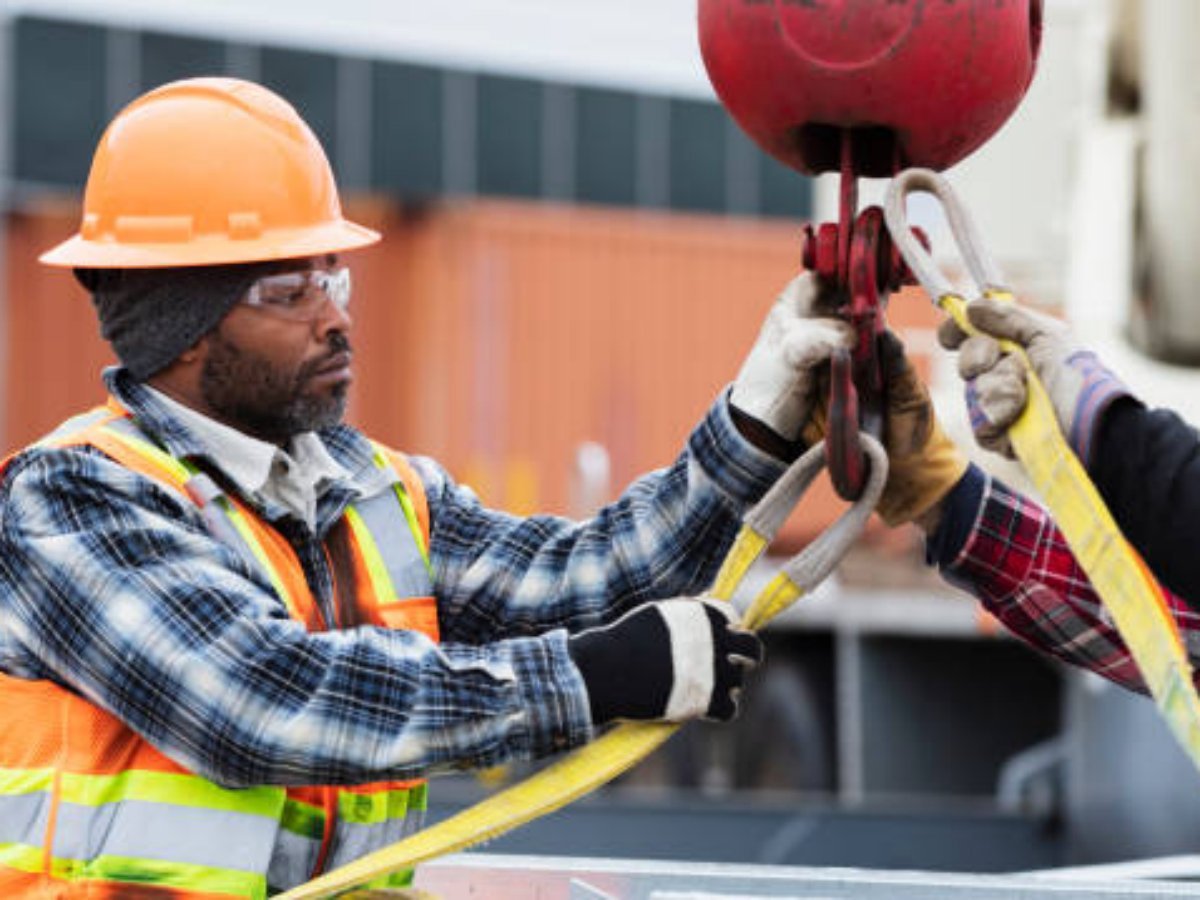The Versatility of Grab Cranes: A Comprehensive Guide
Grab cranes, also known as grabbers or grabbers cranes, are heavy-duty machines used in various industries for material handling and lifting operations. These powerful cranes are equipped with a grab bucket or clamshell that can scoop and grab materials such as bulk cargo, waste, scrap metal, and construction debris. In this comprehensive guide, we will explore the different aspects and applications of grab cranes.
1. Understanding Grab Cranes
Grab cranes are specialized machines designed to handle materials that cannot be easily lifted by other types of cranes. They are commonly used in ports, shipyards, construction sites, and waste management facilities. The grab bucket or clamshell attached to the crane allows for efficient loading, unloading, and transport of various materials.
2. Types of Grab Cranes
There are different types of grab cranes available, each designed for specific applications. Some common types include:
- Single Rope Grab Cranes: These cranes have a single rope mechanism that controls the opening and closing of the grab bucket.
- Double Rope Grab Cranes: These cranes use two ropes to operate the grab bucket, providing better stability and control.
- Four Rope Grab Cranes: These cranes have four ropes that enable precise and efficient handling of heavy loads.
- Hydraulic Grab Cranes: These cranes use hydraulic power to operate the grab bucket, providing smooth and precise control.
3. Applications of Grab Cranes
Grab cranes find extensive use in various industries due to their versatility. Some common applications include:
- Port Operations: Grab cranes are widely used in ports for loading and unloading bulk cargo from ships.
- Waste Management: These cranes are essential in waste management facilities for handling and disposing of waste materials.
- Scrap Metal Handling: Grab cranes are commonly used in scrapyards to handle and transport scrap metal.
- Construction Sites: These cranes are utilized for moving construction materials such as sand, gravel, and concrete.
- Mining Industry: Grab cranes play a crucial role in mining operations for extracting and transporting bulk materials.
4. Advantages of Grab Cranes
Grab cranes offer several advantages over other types of cranes:
- Efficient Material Handling: The grab bucket allows for quick and efficient loading and unloading of materials.
- Versatility: Grab cranes can handle a wide range of materials, including bulk cargo, waste, and scrap metal.
- Precise Control: With their specialized mechanisms, grab cranes provide precise control during material handling operations.
- Increased Productivity: The efficient operation of grab cranes leads to increased productivity and reduced downtime.
- Cost-Effective: Grab cranes offer a cost-effective solution for material handling, reducing the need for manual labor.
5. Safety Considerations
When operating grab cranes, safety must be a top priority. Some important safety considerations include:
- Proper Training: Operators should receive proper training on the safe operation of grab cranes.
- Maintenance: Regular maintenance and inspections are essential to ensure the crane's proper functioning.
- Load Capacity: Operators must adhere to the crane's load capacity limits to avoid accidents.
- Clear Communication: Effective communication between the crane operator and the ground personnel is crucial for safe operations.
- Adherence to Regulations: Operators must comply with all relevant industry regulations and standards.
6. Maintenance and Care
To ensure the longevity and optimal performance of grab cranes, regular maintenance and care are essential. This includes:
- Lubrication: Regular lubrication of moving parts to prevent friction and wear.
- Inspections: Periodic inspections to identify and address any potential issues or damage.
- Component Replacement: Timely replacement of worn or damaged components to maintain safe and efficient operation.
- Cleaning: Keeping the crane and its components clean from dirt, debris, and corrosive substances.
- Record-Keeping: Maintaining detailed records of maintenance activities and repairs for future reference.
7. Choosing the Right Grab Crane
When selecting a grab crane for your specific needs, consider the following factors:
- Capacity: Determine the maximum weight the crane needs to handle to ensure the chosen crane can meet your requirements.
- Reach: Consider the reach or working radius needed for your operations.
- Power Source: Decide whether you require an electric or diesel-powered grab crane based on your site conditions and preferences.
- Additional Features: Evaluate any additional features or attachments that may enhance the crane's functionality for your specific applications.
- Budget: Consider your budget and ensure the chosen grab crane provides value for money.
8. Notable Grab Crane Manufacturers
When looking for reliable and high-quality grab cranes, consider the following manufacturers:
- Liebherr Group
- SENNEBOGEN
- Konecranes
- PALFINGER
- Terex Cranes
9. Future Trends in Grab Crane Technology
As technology continues to advance, grab crane technology is also evolving. Some future trends to watch out for include:
- Automation: Increasing automation and remote-controlled operation for improved efficiency and safety.
- Smart Features: Integration of smart features such as sensors and data analytics for enhanced performance and predictive maintenance.
- Energy Efficiency: Development of more energy-efficient grab cranes to reduce environmental impact.
- Improved Safety Systems: Advancements in safety systems to further enhance operator and workplace safety.
- Enhanced Load Capacity: Continuous improvement in load capacity and lifting capabilities to handle heavier materials.
10. Conclusion
Grab cranes are versatile machines that play a vital role in various industries. Understanding their different types, applications, advantages, and safety considerations is crucial for efficient and safe operations. By choosing the right grab crane and following proper maintenance and care practices, businesses can benefit from increased productivity and cost savings. As technology continues to advance, the future of grab crane technology looks promising, with automation and smart features leading the way towards even more efficient and sustainable material handling operations.

